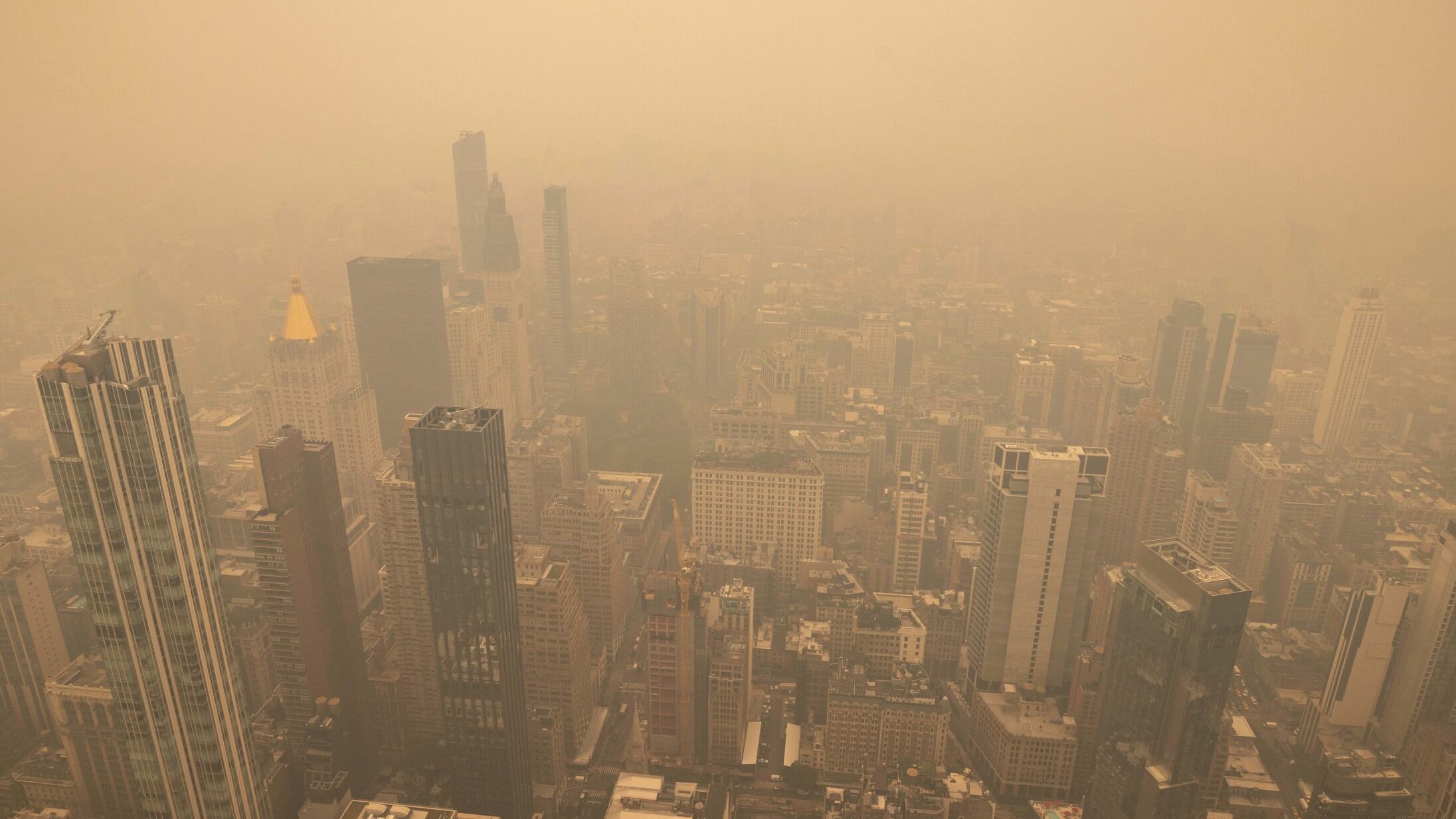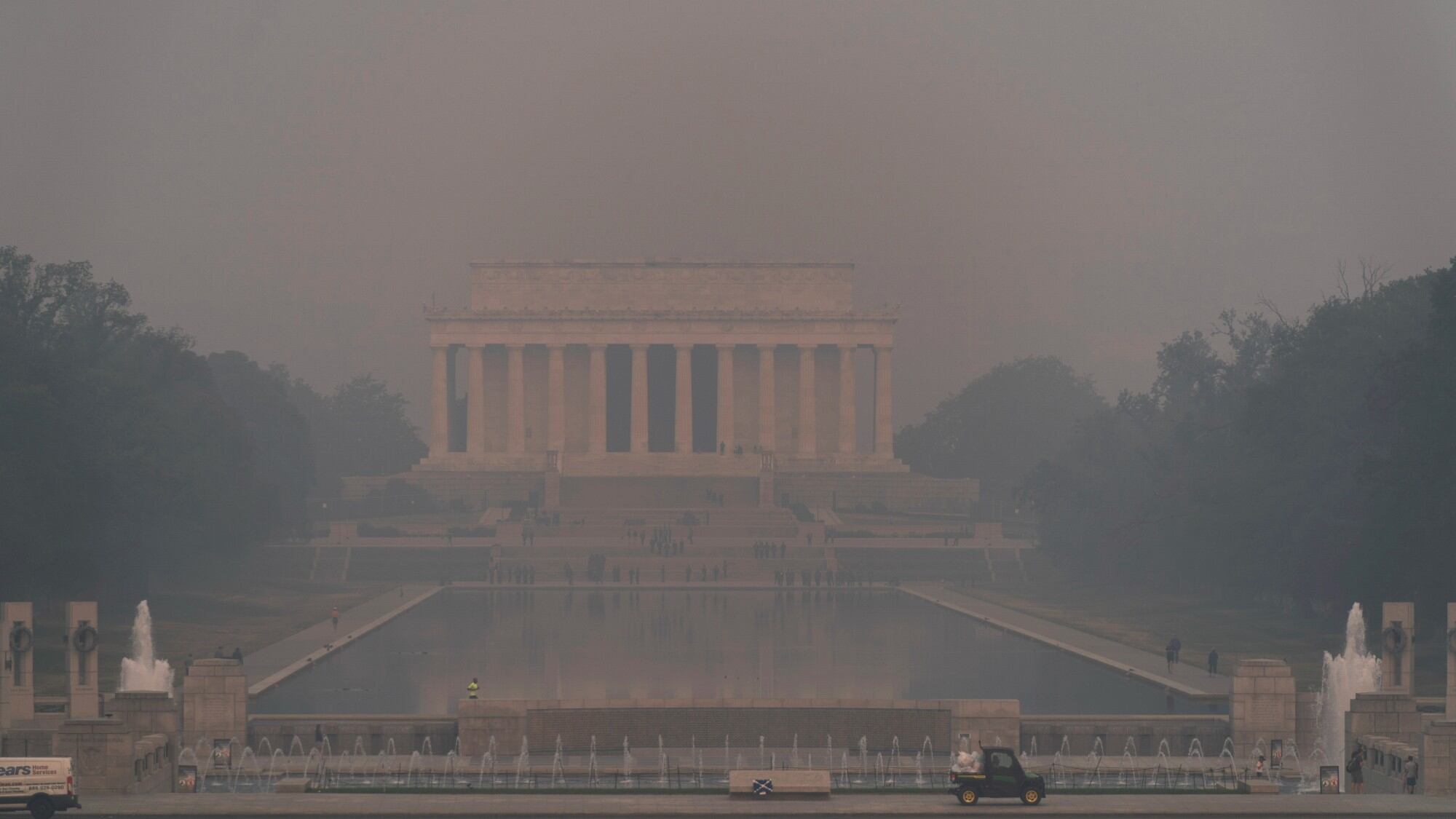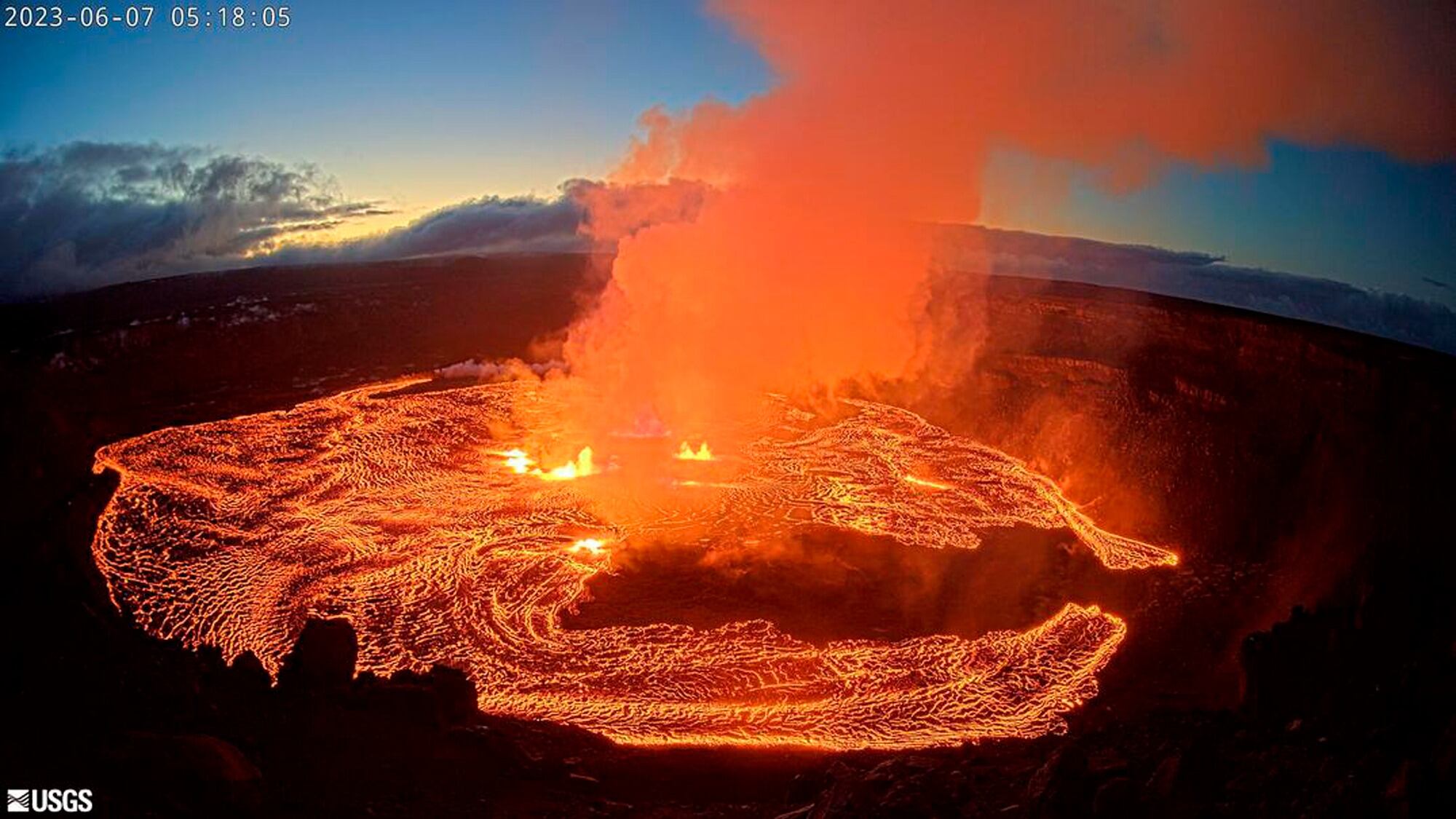Hurricane Hilary grew rapidly to Category 4 strength off Mexico’s Pacific coast and could bring heavy rain to the southwestern U.S. by the weekend.
The U.S. National Hurricane Center said Hilary had sustained winds near 140 mph (220 kph) at midnight and was expected to continue its rapid intensification through Friday morning. It should start to weaken Saturday.
Tropical storm conditions could begin affecting the Baja California peninsula late Friday. Hilary's projected path threatened landfall in the middle of the peninsula by Sunday, or it may stay just offshore while heading for Southern California.
Hilary was centered about 425 miles (685 kilometers) south of Los Cabos on the southern tip of the Baja peninsula. It was moving west-northwest at 14 mph (22 kph), but was expected to turn gradually north through Saturday.
The hurricane center posted a hurricane watch and tropical storm warning for parts of Baja California Sur state, meaning tropical storm conditions were expected within 36 hours and hurricane conditions within 48 hours. A tropical storm watch was issued for parts of Baja California state.
The hurricane center said that as Hilary moves onto or brushes the Baja peninsula, it could possibly survive briefly as a tropical storm or tropical depression and cross the U.S. border.
No tropical storm has made landfall in Southern California since Sept. 25, 1939, according to the National Weather Service.
“Rainfall impacts from Hilary within the Southwestern United States are expected to peak this weekend into Monday,” the hurricane center said. “Flash, urban, and arroyo flooding is possible with the potential for significant impacts.”
The area potentially affected by heavy rainfall could stretch from Bakersfield, California, to Yuma, Arizona, as well as some parts of southern Nevada.
SpaceX delayed the launch of a satellite-carrying rocket from a base on California's central coast until at least Monday. The company said conditions in the Pacific could make it difficult for a ship to recover the rocket booster.
In Southern California, an outlook for excessive rainfall stretched from Sunday to Tuesday, according to the Los Angeles weather office.
While the odds are against Hilary making landfall in California as a tropical storm, there is a high chance of major rain and flooding, UCLA climate scientist Daniel Swain said in an online briefing Wednesday.
The Mexican government said a weakened Hilary might hit the coast Sunday night between the cities of Playas de Rosarito and Ensenada, in Baja California state.
Meanwhile, the city of Yuma was preparing Thursday by providing residents with a self-serve sandbag filling station.
The sandbag station will be stocked with sand and empty bags for self-filling while supplies last. Residents were allowed five sandbags per vehicle.










